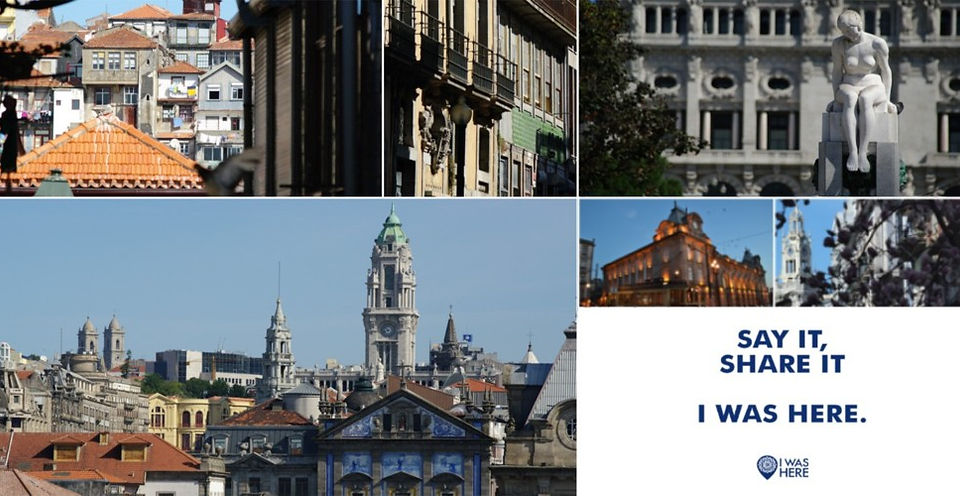
São Bento railway station
Welcome,

Congregados church
The railway station lies today at the precise location where the monastery of S. Bento de Ave Maria was.
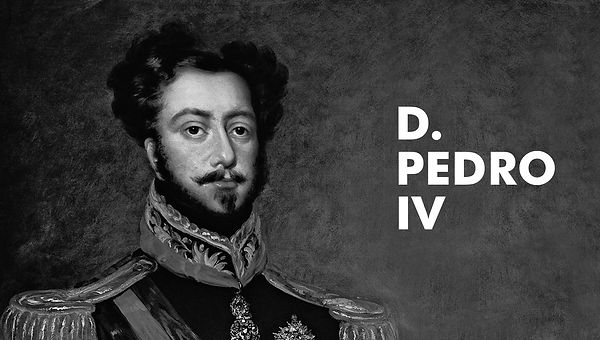
Kill friars
It survived the earthquake of 1775, rose from the ashes of a great fire in 1783 but it did not survive the reign of D. Pedro IV who signed a decree that led to the extinction of the religious orders in Portugal, causing the ruin of the monaste.
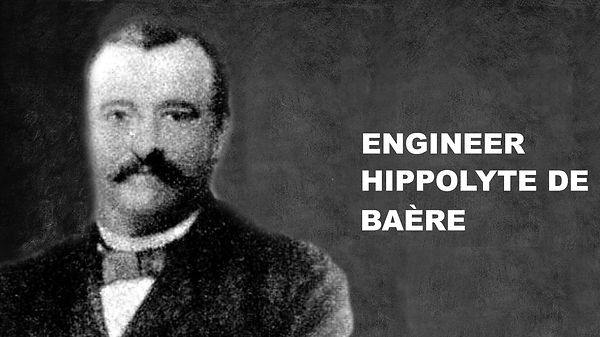
In 1887 is presented to the municipal council a proposal for the construction of the central station of railways in that location by engineer Hippolyte of Baère.

The trips Porto_Lisbon were very dangerous, due to the long way and frequent robberies.
The people who did these trips frequently madetheir will before undergoing the trip.
The railway connection with Gaia exists since 1877 but there was a railway connection since1875 between Braga, Porto Campanhã.

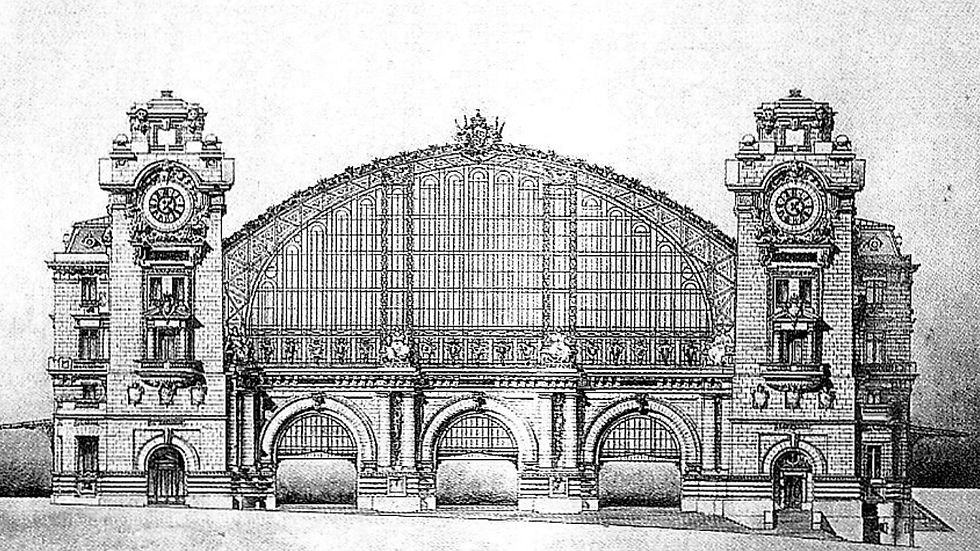
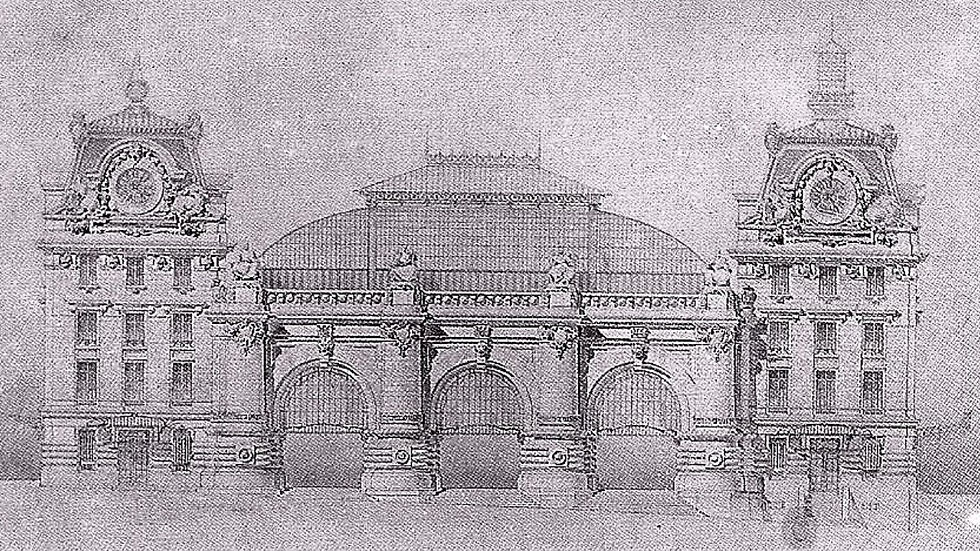
Estudo de alçado com instalação do serviço central de Correios e Telégrafo

But Campanhã was considered the suburbs of the city and the portuense wanted something more central, as Rossio station in Lisbon.But Campanhã was considered the outskirts of the city and the inhabitants of Porto wished for something more central, like the railway station of Rossio in Lisbon.
And since 1887 several are the projects presented.

It was a great celebration on the 7th November with the arrival of the first train to temporary railway station S. bento, built with sheds.
The celebrations of the 6th anniversary of the Republic had an extra fact, in Oporto, the official inauguration of the main railway station of Minho and Douro.
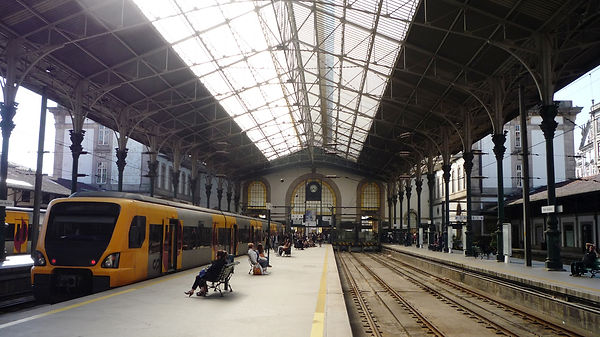
The project of Marques da Silva of French influence, due to his studies in France, was and is admired by thousands of people: the facade, theplatform covered by a big structure of iron and glass,
and the admirable panels of tiles and artistic friezes by the painter Jorge Colaço.
Panels of Tiles
Presenting the panels of tiles and artistic friezes. Starting on the left side from the entrance, we can see the following panels, from bottom to top:

-
The delivery of Egaz Moniz
"According to the legend, by the time of the siege of Guimarães, Egaz Moniz valet of D. Afonso Henriques, decided to trade peace with monarch of Castile Afonso VII.
In exchange of peace he promised him that D. Afonso Henriques and the nobleman who supported him would pay tribute to the king.
The king Afonso VII accepted Egas Moniz pledg.
However, one year later, D. Afonso Henriques broke this pledge and decided to invade Galicia..
Dressed as condemned, Egaz Moniz and his family presented themselves at D. Afonso VII’s court, in Castile, putting his life on the king’s hands as pledge for the broken promise (the scene in the main panel ).
The King in front of such courage and humility decided to forgive him.
By handing himself in, Egas Moniz preserved his honour and also Afonso Henriques’s honour, securing through this cunning attitude the future independence of Portugal."
Língua Portuguesa com Acordo Ortográfico. Porto: Porto Editora, 2003-2016. [consult. 2016-03-10 12:08:12]. Disponível na Internet: http://www.infopedia.pt/$egas-moniz-o-aio
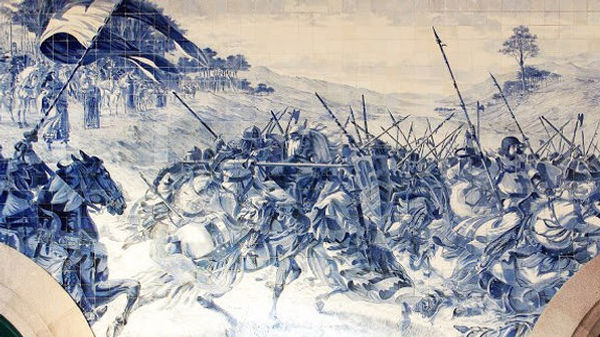
In the top part of the biggest panel,
-
Meeting at Valdevez
It makes reference to the battle between the knights of the Prince D. Afonso Henriques and the troops of his cousin, king D. Afonso VII of Castile and Léon, in 1140, at the margins of the river Lima.
With the defeat of king D. Afonso VII, D. Afonso Henriques called himself king.
Jorge Colaço

Jorge Colaço (1868-1942) was born in Tânger, son of the vice-consul of Portugal in Morocco.
His academic background was in Madrid and later in Paris.
He became famous in the arts, as a drafstman, painter, cartoonist, tiler (mosaics builder/creator).

Caricaturista e desenhador humorístico

Motivos árabes

azulejaria artística

Caricaturista e desenhador humorístico
As a painter dealt mainly with Arabic motifs.
Distinguished himself as a cartoonist as an artistic mosaics creator.
He introduced innovations in the processes of creation and the techniques used.

